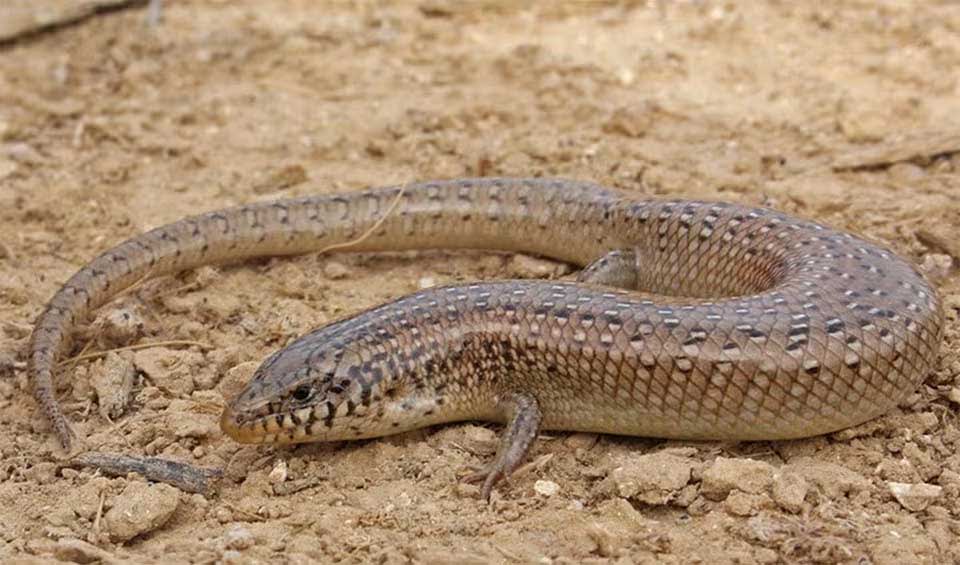Turkmenistan’s strategic position between Europe, the Mediterranean, the Middle East, and Central Asia enhances both its global and regional ecological significance. This unique location supports a variety of ecosystems, from vast deserts and towering mountains to the extensive Caspian Sea, all of which are crucial habitats for numerous plant and animal species. These varied environments not only sustain a wide array of species but also contribute to the overall ecological stability of the region.
Additionally, the biodiversity of Turkmenistan is invaluable for scientific study. The genetic diversity within its ecosystems offers rich opportunities for conducting biodiversity research and advancing conservation initiatives.
Four pillars elaborated:
Turkmenistan is home to an extensive network of protected areas, including nine nature reserves and 13 sanctuaries, spanning over 19,750 km² (7,626 mi²), which accounts for more than 4% of the nation’s total land area. As of now, approximately 4.4% of Turkmenistan, covering 21,523.6 km² (8,310.31 mi²), is designated as protected territory. A project led by the Global Environment Facility (GEF) is underway to enhance this network, aiming to create a functional, effective, and ecologically coherent system of protected areas throughout the country. Land Management
Land Management
Turkmenistan’s biodiversity is under significant pressure from a range of environmental threats that jeopardize its ecological health. Habitat degradation, primarily due to agricultural expansion and urbanization, leads to significant ecosystem fragmentation. The introduction of invasive alien species disrupts the balance of local ecosystems by outcompeting native species. Excessive resource consumption, including overuse of water and land, depletes crucial natural habitats. Threats to Biodiversity
Threats to Biodiversity
The environmental risks associated with oil and natural gas production, such as pollution and habitat destruction, pose additional challenges, particularly without adequate environmental safeguards. Compounding these issues, climate change impacts temperature and precipitation patterns, further stressing the survival and distribution of species.
Turkmenistan’s Biodiversity Strategy and Action Plan (BSAP) focuses on conserving its diverse flora and fauna through in-situ and ex-situ conservation methods, while promoting sustainable resource use and ecotourism to minimize environmental impacts. The strategy strengthens institutional frameworks for enforcing conservation policies and involves stakeholders in the management process. Educational programs and scientific research are prioritized to foster public awareness and inform evidence-based conservation actions. Capacity and Governance
Capacity and Governance
The plan also includes robust monitoring and evaluation to adapt strategies effectively. Key initiatives include establishing protected areas, developing a national gene bank, and involving local communities in biodiversity management, ensuring the protection of Turkmenistan’s unique biodiversity for future generations.
Turkmenistan’s National Strategy targets a sustainable equilibrium between economic growth and biodiversity conservation by 2025. It emphasizes the protection of ecosystems, species, and genetic diversity. The strategy delineates concrete steps for the conservation, restoration, and sustainable utilization of Turkmenistan’s biological resources, incorporating habitat protection, species rehabilitation, and enhancing public awareness. Additionally, Turkmenistan has set up a comprehensive network of protected zones, which now span over 10% of the country’s land area. These protected regions are crucial for preserving biodiversity hotspots and providing vital habitats for endangered species. Future Trends
Future Trends
Biodiversity
Turkmenistan’s biodiversity is characterized by a diverse range of flora and fauna adapted to its varied landscapes, including expansive deserts, rugged mountains, and the Caspian Sea coastline. The country’s plant life is dominated by drought-resistant species like saxaul trees and various shrubs, while the mountains support junipers and wild pistachios.Notable wildlife includes the endangered Turkmenistan cheetah, Persian leopard, and Caspian seal. The Karakum Desert hosts unique species such as the Turkmen wild sheep, and the region is important for birds like falcons and the rare Houbara bustard. These natural resources are crucial for the livelihoods of local communities and form the core of Turkmenistan’s conservation efforts.
In the table below are the number of known species in several main groups, how many of these species are Threatened with extinction, and h ow many of them are Endemic (unique to Turkmenistan only):
| Species (World rank) |
Threatened | % Threatened | Endemic | % Endemic | |
|---|---|---|---|---|---|
| Mammals | 107 (#103) | 10 | 9.3% | ||
| Birds | 366 (#96) | 18 | 4.9% | ||
| Reptiles | 91 (#94) | 6 | 6.6% | 1 | 1.1% |
| Amphibians | 4 (#169) | ||||
| Fishes | 31 (#204) | 6 | 19.4% | ||
| Plants | 3,140 (#112) | 4 | 0.1% | 462 | 14.7% |
mammals
Brown bear
The second largest bear, right after the polar bear. Sadly, it well might top the list soon
Saiga antelope
Nature’s masterpiece, with a snout that steals the spotlight
European free-tailed bat
Their muzzle has wrinkled lips, which makes them look like a dog’s face, and is commonly called a bulldog bat
birds
Siberian crane
One of the rarest and most critically endangered crane species in the world
Snowy owl
There is more to this species than its majestic coat of thick white feathers and piercing yellow eyes
Mute swan
Known for their graceful movements and the distinctive “S” shape of their neck
reptiles
Grass snake
One of the most common reptile of the European wetlands
Ocellated skink
Stands out with its striking ocelli, or eye-like markings, that adorn its sleek body
Desert monitor
Known for their impressive stamina and can travel long distances in search of food and water
National Animals
Horse
Have a strong fight-or-flight response, will usually flee when threatened but will defend themselves when fleeing is impossible, or the young are threatened














